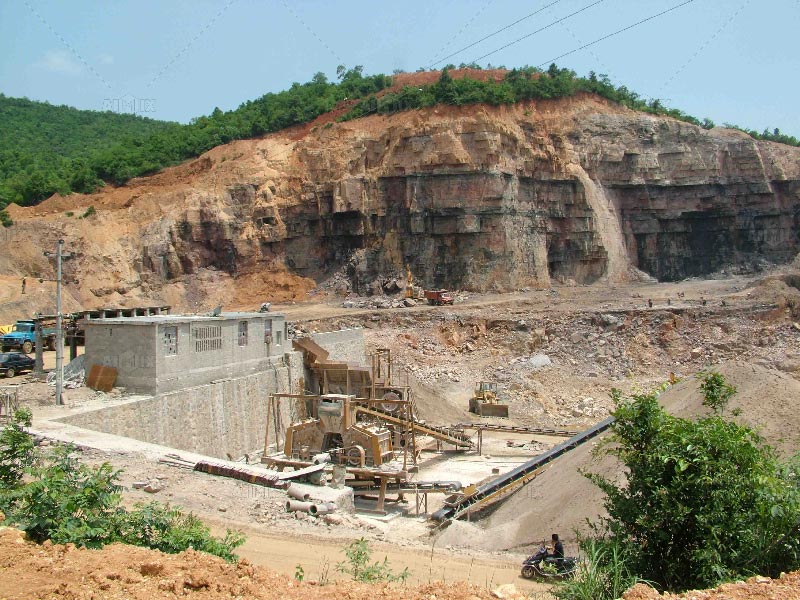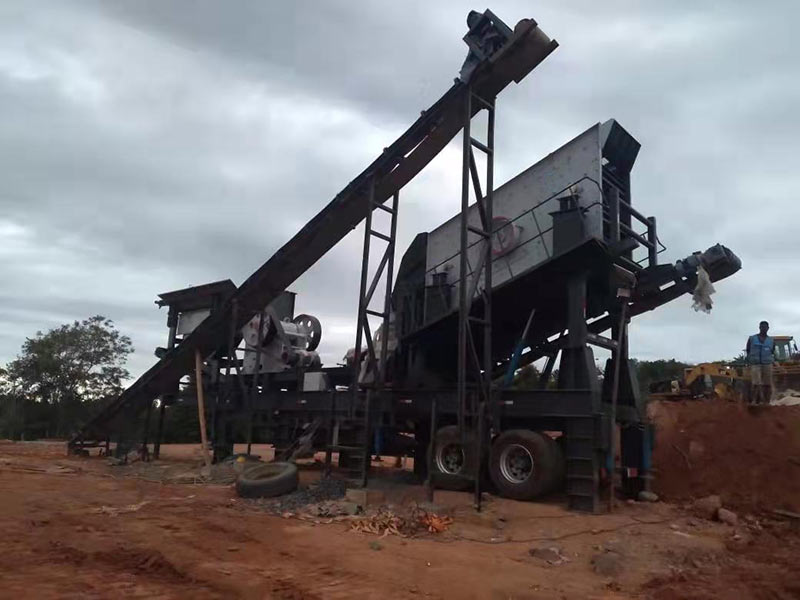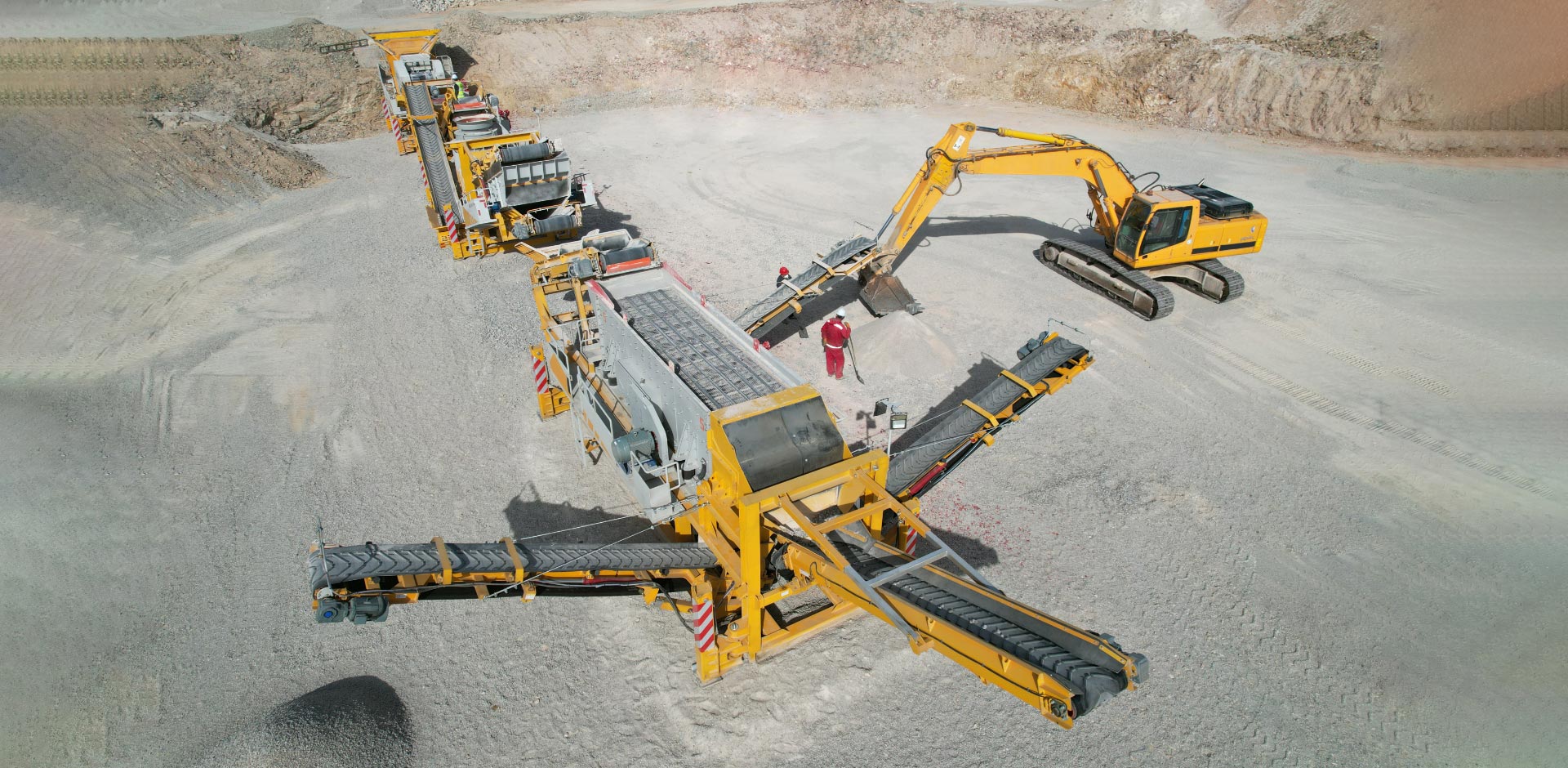When it comes to mineral crusher plants, one of the critical factors that can significantly impact their performance and efficiency is capacity. Understanding the intricacies of capacity in mining crushers is essential for optimizing production and achieving project goals. In this comprehensive guide, we delve into the various aspects of mineral crusher plant capacity, covering topics from its definition to its practical implications.
Defining Mineral Crusher Plant Capacity
Mineral crusher plant(trituradoras mineras) capacity refers to the maximum amount of material a crusher plant can process in a given time frame, typically measured in tons per hour (TPH) or cubic meters per hour (m³/h). It is a crucial parameter that determines the plant’s productivity and ability to meet production demands.

Factors Influencing Crusher Plant Capacity
Several factors influence the capacity of a mineral crusher plant:
1. Type of Mineral
Different minerals have varying hardness and characteristics. The type of mineral being processed greatly impacts the crusher’s capacity. For example, crushing limestone may require different equipment and settings compared to processing hard ores like granite.
2. Crusher Type
The choice of crusher type plays a significant role in determining capacity. Jaw crushers, cone crushers, impact crushers, and gyratory crushers all have distinct characteristics that affect their processing capacity.
3. Feed Size
The size of the material being fed into the crusher is crucial. A larger feed size generally results in a higher capacity. However, the crusher must have the appropriate opening to accommodate the feed size.
4. Crusher Settings
The settings of the crusher, including the eccentric speed, closed-side setting (CSS), and throw, can be adjusted to optimize capacity. Proper adjustments can increase the throughput of the crusher.
5. Crushing Chamber Design
The design of the crushing chamber also influences capacity. Different chamber designs can impact the material’s retention time and crushing efficiency.
6. Feeding and Scalping
Efficient feeding and scalping processes ensure a steady and uniform material flow to the crusher, preventing bottlenecks and maximizing capacity.
7. Crusher Size and Power
Larger crushers(trituradora de escombro en venta) with higher horsepower tend to have greater capacity. However, they may also consume more energy.
Practical Implications of Capacity
Understanding the capacity of your mineral crusher plant has several practical implications:
1. Production Planning
Capacity information is essential for production planning. It helps determine how much material can be processed within a specific timeframe, allowing for efficient scheduling of mining or quarrying operations.
2. Equipment Selection
Capacity considerations influence the selection of the appropriate crusher for your operation. Choosing a crusher with insufficient capacity can lead to production delays and inefficiencies.
3. Optimizing Throughput
To maximize plant productivity, operators should continuously monitor and optimize crusher settings and feeding processes to ensure they operate at or near their rated capacity.
4. Cost Management
Efficient capacity utilization can reduce operating costs per ton of material processed, ultimately improving the plant’s profitability. Helpful resources: www.aimixtrituradora.com

Conclusion
Capacity is a fundamental aspect of mineral crusher plant design and operation. It is a complex interplay of factors, including the type of mineral, crusher type, feed size, crusher settings, and more. To make informed decisions regarding your crusher plant’s capacity, it’s essential to consider these factors carefully and continuously monitor and adjust operations as needed. This proactive approach will help you achieve optimal performance and maximize the efficiency of your mineral crushing plant, whether you are dealing with limestone crushing(trituradora de impacto caliza), processing rubble, or tackling other mineral processing challenges in the mining industry.

